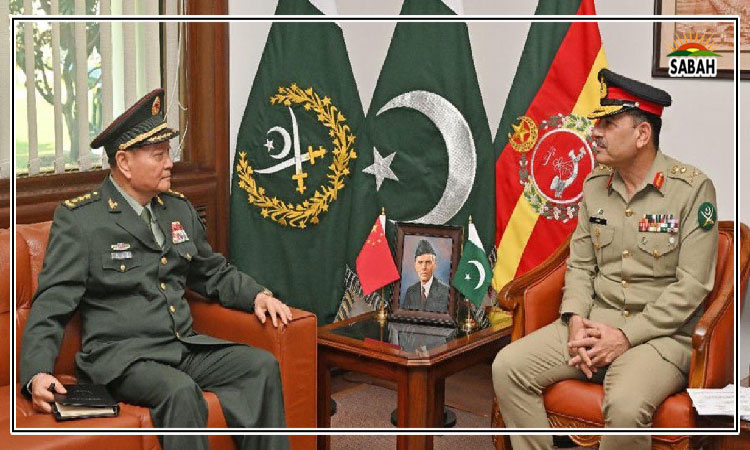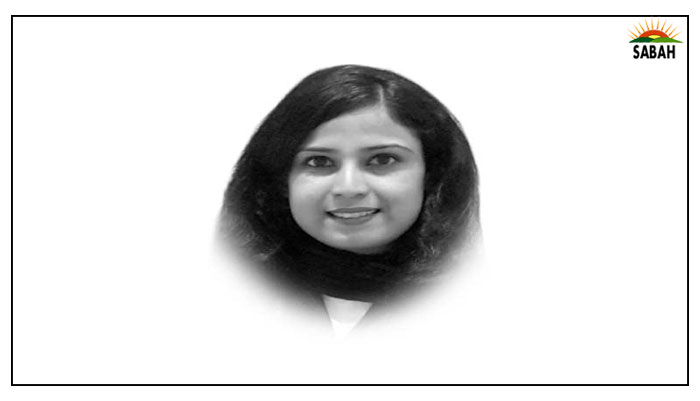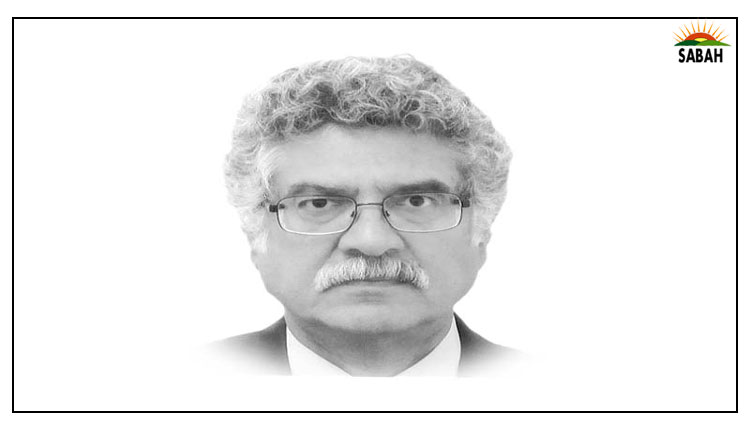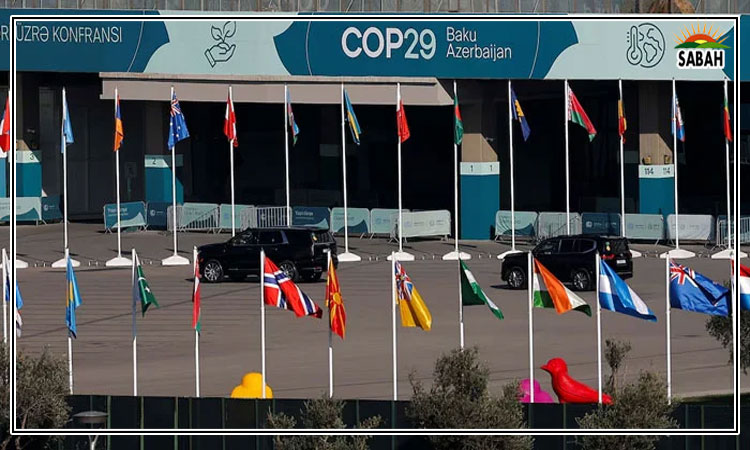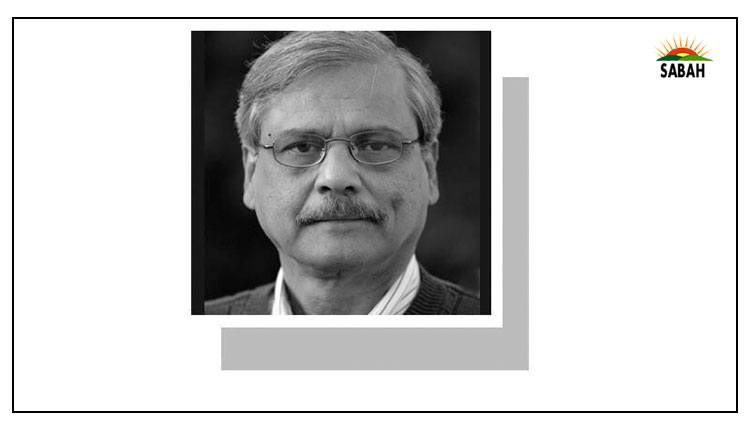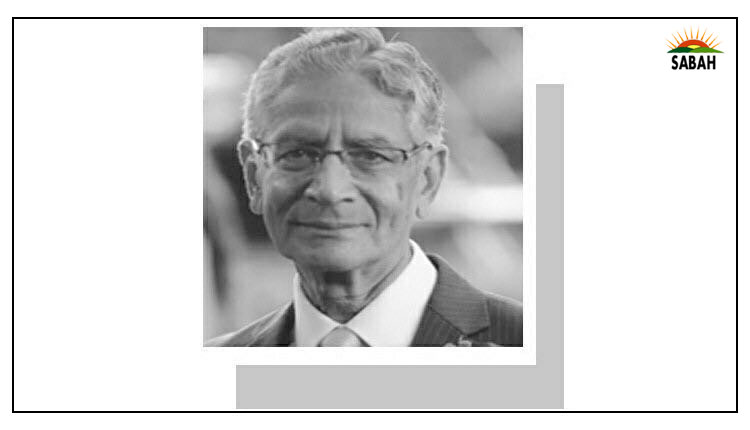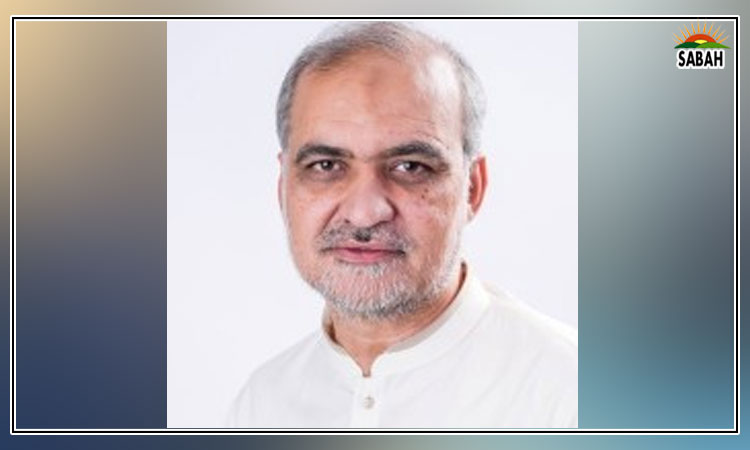The rupee’s crash…Khurram Husain
THE spiral of inflation and devaluation the country is caught up in did not begin a few months ago. It began in 2021.
The rupee had fluctuated in a band between 150 and 155 to the dollar since the middle of 2019. In May 2021, it was hit by the first bout of volatility that has not abated since then, despite the value of the dollar having doubled. It took more than 10 years for the dollar to double in value from 2008 onwards. It took slightly more than two years for it to double since 2021, and it still has not found its moorings.
Inflation (as measured by growth in the national Consumer Price Index) began its ascent in October 2021, and has continued unabated since then, despite finding a brief and volatile plateau in the second half of 2022. The year-on-year CPI growth rate was 9.2 per cent at the start of this journey in October 2021. It skyrocketed to more than 27pc by July 2022 before hitting a peak of 38pc in May 2023. It has come off the peak since then, but does not look like it will subside any time soon, given the fuel and energy price hikes, the continuing devaluation of the rupee, and possible sharp hikes in gas tariffs.
All through this time, the State Bank has been gaslighting the country about the real drivers behind this downward spiral. I know this sounds unkind, but it happens to be true. Read the chapters on inflation in the State of the Economy reports over this time period, and you will see them blaming external factors for this dual spiral of inflation and devaluation, mentioning demand-led factors from time to time and steering away from pointing out one massive, obvious fact: the spiral of inflation and devaluation has been driven by the massive pumping of rupees into the economy even as foreign currency liquidity drained out.
This large and growing imbalance between rupee and dollar liquidity in the system is what lies behind the inflation and devaluation, not administrative failures. Until this growing imbalance is arrested, there will be no respite from this downward spiral, gains from the recent crackdown notwithstanding.
To get a snapshot of this do a simple exercise. Take the ratio of Net Foreign Assets (NFA) to Net Domestic Assets (NDA) of the banking system over the past 20 years and plot it on a graph. Simply speaking, this ratio tells you how much of the money supply in the country consists of foreign exchange vs domestic currency.
When you plot it, you will notice a stark trend. The ratio stays more or less stable until around 2007 or 2008, when it begins to drop. On June 30, 2008, for example, the ratio stays at 16pc. Seven years later, by June 2015, it drops to 8pc. And by June 2023, it drops further to negative 7pc. If you plot the graph, you will notice this is a more or less continuous decline, accelerating sharply in the last five years or so.
The growing imbalance between rupee and dollar liquidity is what lies behind the inflation and devaluation.
Now put the exchange rate on the same graph (use a separate Y axis on the right hand side), and notice how neatly the rise in the value of the dollar maps onto the decline in the NFA to NDA ratio over the long run. Why is this the case? Simple. You have more rupees in the system for every dollar, and the trend is gathering pace as the years pass by. More rupees chasing fewer dollars means devaluation.
The results are plain to see. Pakistan is the only country in the region where the value of the dollar has more than quadrupled in the years since 2008. In India, this value doubled. In Bangladesh, it rose by 50pc or so. In Sri Lanka, the increase was slightly less than triple. What makes Pakistans case so different is that average annual inflation should touch 26pc in a year when the regional average was 7pc, and the dollar should quadruple in value in a decade and a half where it is not even tripling in a country like Sri Lanka that is held up as an example of default? The answer is runaway money printing in the face of declining foreign exchange liquidity.
This money printing began in 2017 and has not stopped, except for a brief interval in 2019. The instruments through which it is done have changed, but not the trend. From 2017 till middle of 2019, for example, it was done through direct government borrowing from the State Bank. From 2020 onwards, it was done through refinance facilities and prolonged, unnaturally low interest rates. From 2022, it was done through long-term Open Market Operations (OMOs).
By February of this year, the State Bank had pumped close to Rs6.5 trillion of printed money into the system via long-term OMOs. That was slightly below 20pc of broad money supply, a staggering proportion. Today, this amount has risen to over Rs9tr, according to a calculation by Dr Mushtaq Khan, or more than 30pc of broad money supply. An astonishing proportion. The printing just wont end.
The declines in the exchange rate being seen in recent days, following the crackdown are temporary and will prove elusive. The same thing happened last year, when Ishaq Dar tried to beat the rupee down to 200. That effort was followed by massive devaluation in January that wiped out all his efforts.
The present crackdown will have the same ending, unless it is accompanied by massive efforts to get the money supply curves to change direction. So far that is happening, but very slowly. If the NFA-to-NDA ratio does not start trending upward, there is every reason to expect another strong devaluation in the near future that will wreck all the gains the rupee has registered since the crackdown began.
Courtesy Dawn


